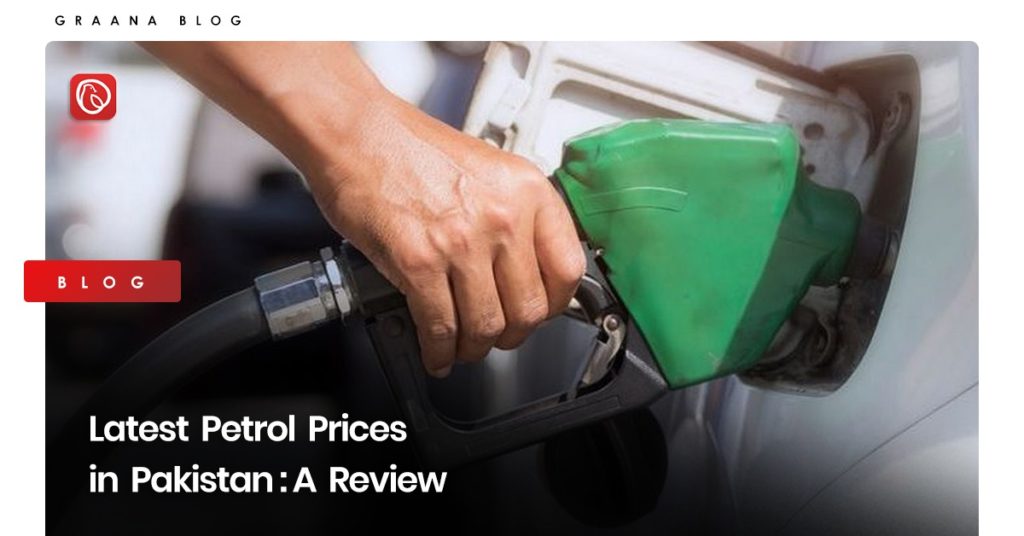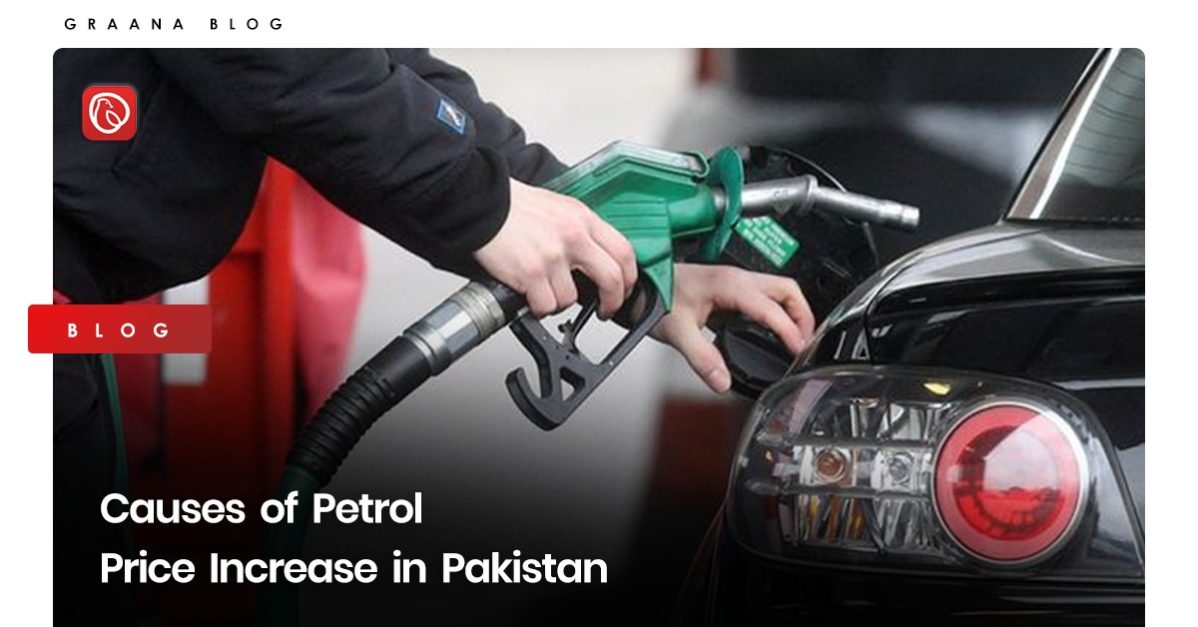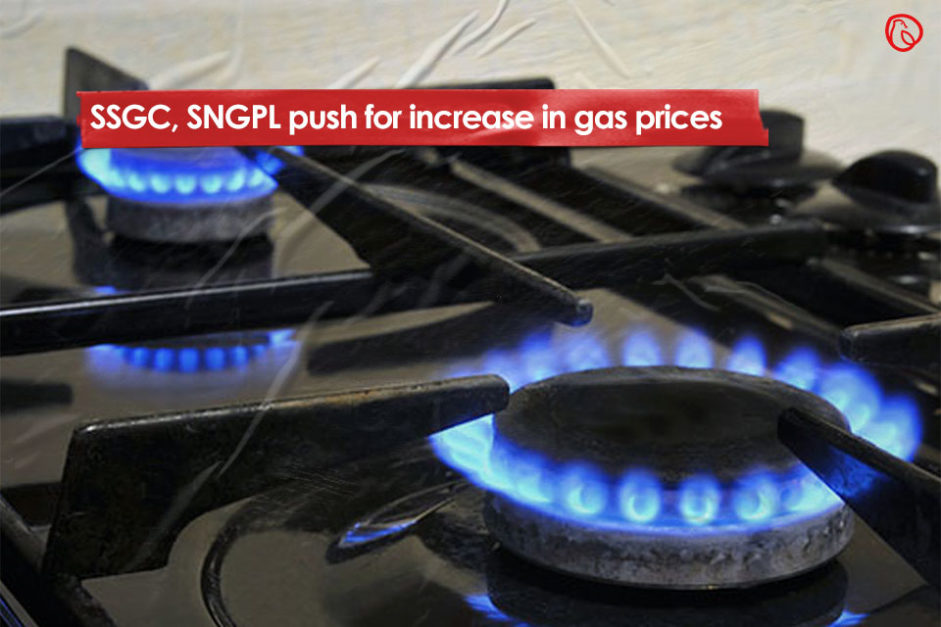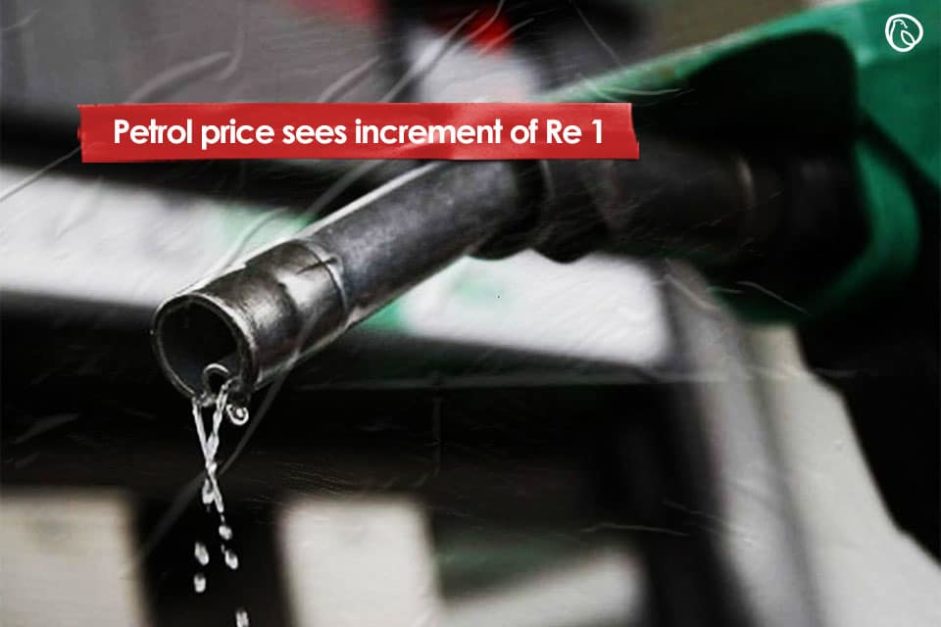Petrol Price in Pakistan Today
| PRODUCT NAME | RS./LITRE |
|---|---|
| PREMIER EURO 5 | Rs.275.62/Ltr |
| HI-CETANE DIESEL EURO 5 | Rs.287.33/Ltr |
| LDO | Rs.171.44/Ltr |
| SKO | Rs.188.57/Ltr |
| JP-1 | Rs.211.62/Ltr |
This table represents the product names along with their respective prices per litre effective from February 16, 2024.
In a move that has sent shockwaves through the nation, Pakistan’s newly appointed caretaker government has announced substantial hikes in fuel prices, sparking fears of heightened inflation. This steep increase, the second within a mere two weeks, threatens to undermine the recent progress made in curbing inflation rates.
The finance division’s official notification reveals that the price of petrol will surge by an astonishing Rs13 per litre, propelling it to a new all-time high of Rs272.85 per litre, effective starting Wednesday. Meanwhile, the price of high-speed diesel is set to skyrocket by Rs2, bringing it to a staggering Rs278.96 per litre.
Late into the night, the Ministry of Finance unveiled these revised fuel prices, following the approval of caretaker Prime Minister Anwaarul Haq Kakar, who assumed office on Monday. Attributing the price hikes to the surge in global petroleum prices over the past two weeks, the finance division opted not to alter the prices of kerosene and light diesel oil in this announcement.
This latest surge in fuel prices closely follows a similar spike introduced by the outgoing government on August 1st. As a result, the prices of fuel have surged by nearly Rs13 per litre in an astonishingly brief span of 15 days.
Earlier this year, in March, the price of high-speed diesel had touched its pinnacle at Rs278.96 per litre. This particular fuel plays a pivotal role in the operation of heavy transport vehicles, trains, and various agricultural machinery, such as trucks, buses, tractors, tube wells, and threshers. Consequently, fluctuations in its price have a direct impact on the cost of essential commodities, particularly vegetables.
Likewise, the cost of petrol had previously scaled the heights of Rs273 per litre in mid-April, only to later recede to Rs259 per litre. With its primary usage in private vehicles, rickshaws, and two-wheelers, alterations in petrol prices carry immediate ramifications for the financial plans of middle- and lower-middle-class citizens.
Recent statistical data points to the Consumer Price Index (CPI) inflation rate for July registering at 28.3%. This offers a slight respite when compared to June’s rate of 29.4% and the alarming 38% seen in May. Nevertheless, considering the impact of the high-base effect, this inflation rate remains significantly elevated.
The finance ministry’s data analysis further underscores the extent of the surge in fuel prices. The current petrol price of Rs290.45 per litre stands at 24% higher than the rate recorded exactly one year ago (Rs233.91 in mid-August). Moreover, it registers as 35% higher than the lowest point observed over the past year (Rs214.8 in mid-December).
At present, all petroleum products are exempt from the general sales tax, but the government imposes a petroleum development levy of Rs55 per litre on petrol and Rs50 per litre on high-speed diesel and high-octane blending components. Additional customs duties of approximately Rs18-22 per litre apply to petrol and high-speed diesel.
| Fuel Type | Previous Price (Rs) | New Price (Rs) |
| Petrol | 272.85 | 275.62 |
| High-Speed Diesel | 278.96 | 287.33 |
As Pakistan grapples with these significant fuel price hikes, the nation watches keenly to gauge the impact on daily life and the broader economy.
The government of Pakistan has increased the price of petroleum products, in compliance with the International Monetary Fund’s (IMF) preconditions. This move is expected to cause further inflation, which is already at a record high, along with the new fiscal measures introduced through the ‘mini-budget’. Moody’s Analytics senior economist Katrina Ell has predicted that inflation in Pakistan could average 33% in the first half of 2023, but an IMF bailout alone may not be sufficient to stabilise the economy.
The Pakistan Democratic Movement (PDM)-led federal government has introduced a “mini-budget” to reduce the budget deficit and broaden the tax collection net. The Federal Board of Revenue (FBR) has increased the standard 17% general sales tax (GST) to 18% through a Statutory Regulatory Order (SRO) to collect taxes worth Rs 115 billion. The remaining Rs55 billion will be generated through other measures in connection with the Finance (Supplementary) Bill 2023.
The increase in the price of petroleum products is likely to contribute to further inflation, which could significantly impact the overall economy. The government hopes that the “mini-budget” will help to reduce the budget deficit and improve the tax collection system, which would strengthen the economy in the long term. However, it remains to be seen whether these measures will effectively mitigate the effects of inflation and stabilize the economy.
Factors Influencing Fuel Prices in Pakistan
Numerous factors influence the price of oil in a particular area, for instance, the price of crude oil (which serves as the natural source for all petroleum by products), the cost of refining, the costs of distribution and marketing, earnings, and fuel taxes.
Governments, especially in developing nations like Pakistan, also subsidize fuel costs to lessen the financial burden on the general public, depending on the financial capacities of their various economies.
Pakistan’s federal government gives millions of rupees as subsidies to keep fuel costs stable and help the average citizen. However, there is still no clear policy for the distribution of fuel subsidies.
Other Asian countries, including China, India, Bangladesh, Indonesia, and Malaysia, have efficient management systems and tools for subventions. Some of these nations even budget for fuel subsidies each year – something Pakistan ought to do as well.
Oil and Gas Regulatory Authority (OGRA) Pakistan
The Pakistani government established the Oil and Gas Regulatory Authority (OGRA) in 2002 to oversee the nation’s fuel industry. OGRA creates a thorough summary to suggest changes in gasoline prices in Pakistan based on the demand, supply, and utilization of numerous other vital resources.
The Prime Minister must either accept the summary or allow price changes. If he does not accept the summary proposed by OGRA, the prices will remain the same until the next briefing. Pricing negotiations between the government and OGRA are also critical steps in the process.
Latest CNG Prices in Pakistan
In our nation, compressed natural gas (CNG) is another widely-used fuel for powering cars. To provide CNG, Pakistan has been separated into two regions: Region I, which comprises Khyber Pakhtunkhwa, Balochistan, and Potohar region (which includes Islamabad, Rawalpindi, and Gujar Khan), and Region II (Sindh and lowlands of Punjab).
The cost of natural gas fuel can differ from one place to another. The most recent CNG prices in Pakistan for both areas are as follows.
- CNG Price in Pakistan for Jan 2023 (Region I): PKR 145 per KG
- CNG Price in Pakistan for Jan 2023 (Region II): PKR 195 per KG
Petrol Prices in Pakistan Over Time
The coronavirus outbreak severely harmed the global petroleum business. The oil and gas industry is oversupplied due to the sharp decline in fuel demand.
In Pakistan, fuel consumption also decreased by 11% during the June–July fiscal year 2019–2020 when stringent lockdowns were implemented.
The corporate sector had also declared various work-from-home policies. In Pakistan, the cost of petroleum products was at its lowest point in the previous 10 to 12 years. Fuel costs in the nation hit a record low of Rs. 74.52 per litre in June 2020.
However, in some areas, the petrol supply was halted due to lockdown measures, resulting in several problems, and causing an imbalance in demand and supply chain.
However, coronavirus cases decreased in the second half of 2020, and the government began emphasizing sensible lockdown strategies rather than severe ones.
Large-scale businesses and industries could restart operations while adhering to COVID-19 SOPs. In Pakistan, the cost of a litre of gasoline increased by Rs. 25.58 by the end of June 2020 to Rs. 100.10.
Petroleum prices are anticipated to increase further in the upcoming months due to the nation’s unsteady economic status and the rising demand for fuel in the global market.
The price of gasoline in Pakistan today is Rs. 224.8, as shown in the table above. Fuel costs will continue to soar in 2023, mainly due to the unstable economy and rising inflation.
FAQs About Petrol Prices in Pakistan
The following are some of the most frequently asked questions in latest petrol prices in Pakistan:
What is the new price of petrol in Pakistan?
The new price of petrol in Pakistan is Rs. 273 per litre, which is an increase of Rs. 13. The new prices came into effect from 12 am on the 1st of February 2024.
Why did the price of petrol increase in Pakistan?
The price of petrol in Pakistan increased due to the devaluation of the Pakistani rupee against the US dollar.
What is the impact of the increase in petrol prices on the Pakistani economy?
The increase in petrol prices can have a significant impact on the overall economy, as it can contribute to further inflation, which could increase the cost of living for ordinary citizens and impact businesses.
How will the increase in petrol prices affect the average Pakistani citizen?
The increase in petrol prices could lead to an increase in transportation costs and the cost of everyday goods and services, which would impact the average Pakistani citizen’s budget.
Is the Pakistani government taking any measures to mitigate the effects of the increase in petrol prices?
The government of Pakistan has introduced a “mini-budget” to reduce the budget deficit and broaden the tax collection net. However, it remains to be seen whether these measures will be effective in mitigating the effects of inflation and stabilizing the economy.
What is the current trend in petrol prices in Pakistan?
Petrol prices in Pakistan have been volatile in recent years, with frequent changes in response to global market trends and other economic factors.
Are there any alternative sources of energy that can help reduce the impact of petrol price increases in Pakistan?
There are a variety of alternative energy sources that could help reduce Pakistan’s reliance on petrol, such as renewable energy sources like solar and wind power. However, significant investment and infrastructure development would be required to make this transition.
For more information, visit Graana Blog




